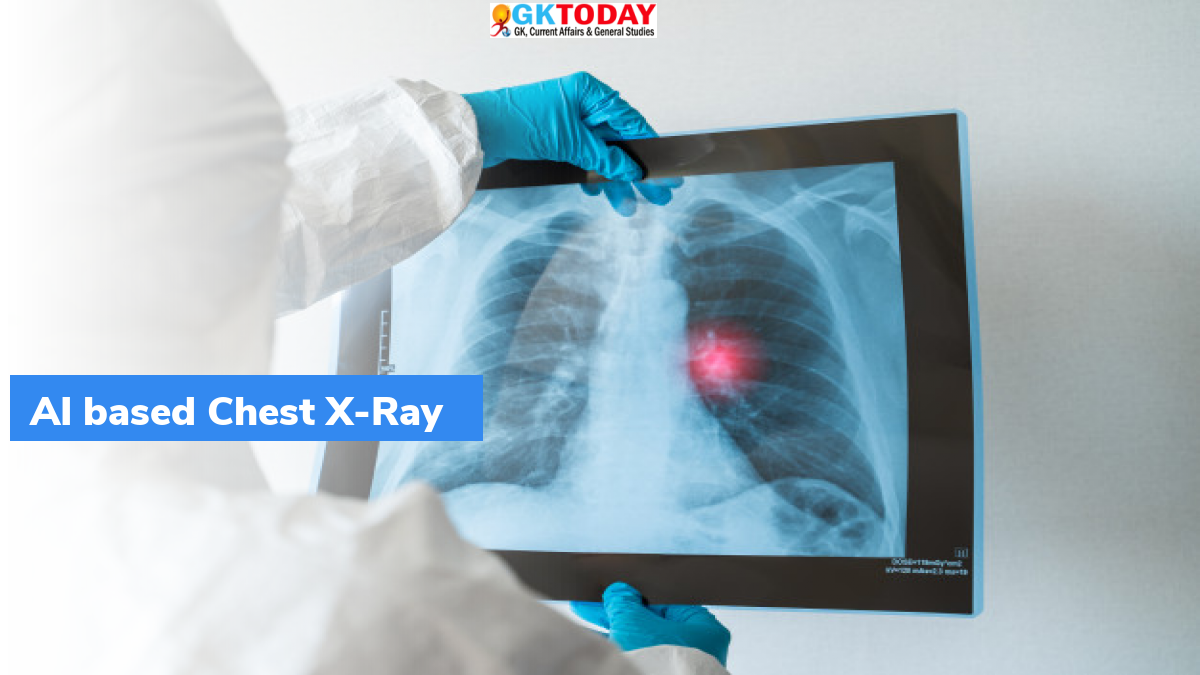COVID: IIT-J AI-based Chest X-Ray
An Artificial Intelligence (AI) based chest X-Ray technique was recently developed by researchers from Indian Institutes of Technology Jodhpur (IIT-J). This chest X-Ray technique will be used for Covid-19A screening.
Key Points
- Team of researchers have proposed a deep learning-based algorithm called COMiT-Net.
- This algorithm will learn the abnormalities present in chest X-Ray images for differentiating non-covid affected lung from Covid affected lung.
- Experiment for developing the technology was performed with more than 2,500 chest X-Ray images. It achieved about 96.80 per cent sensitivity.
- AI solution used in this research is explainable from both medical as well as algorithmic points of view.
Significance of the development
Countries have faced challenges with limited availability of processing centres in remote areas and testing kits, amid increasing number of Covid-19 cases across multiple waves worldwide. Limited availability motivated the researchers to develop alternative, reliable, faster and easily accessible methods of testing.
AI-Based X-Ray technique
Scottish researchers also developed an AI-based X-Ray technique, recently. This technique can replace the currently used PCR tests to detect Covid infections. This technology was found to be capable of accurately diagnosing Covid-19 in just few minutes. It was far quicker than a PCR test, which usually takes around 2 hours and having 98 per cent accuracy.
Will this technology completely replace PCR test?
AI-based X-Ray technique cannot completely replace PCR tests because, Covid-19 symptoms are not visible in X-rays at early stages of infection. However, it will play a significant role in curtailing the spread of viruses spread.
Reverse transcription polymerase chain reaction (RT-PCR)
RT-PCR is a laboratory technique, that combines reverse transcription of RNA into DNA. It also amplifies specific DNA targets using polymerase chain reaction (PCR). This technique is primarily used for measuring the amount of specific RNA. It is achieved by monitoring amplification reaction using fluorescence.
Month: Current Affairs - January, 2022
Category: Science & Technology Current Affairs


